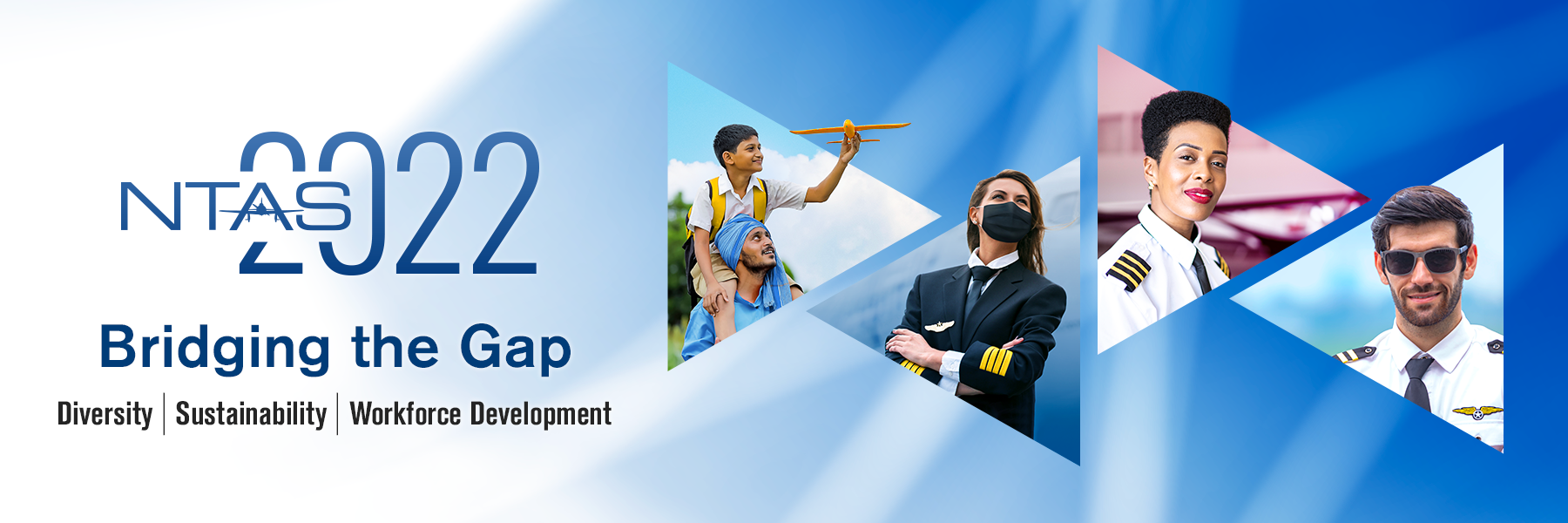Presenter Email
Chanda.S.Sanders@faa.gov
Keywords
Aviation STEM, outreach, future workforce, school-aged young people, local schools, tribal communities, FAA
Abstract
Strategically designed and implemented Aviation STEM (AvSTEM) education programs are essential to the future of aviation. As the retirement of a large portion of the aviation workforce rapidly approaches, the industry will be left with a deficit of seasoned employees with comparable knowledge to meet the ever changing needs of the national airspace system. AvSTEM programs designed for school-aged young people offer an opportunity for educators to target, educate, and plant seeds to recruit an adequate pipeline of diverse talent for tomorrow. A well-developed and strategically executed AvSTEM program also has the potential to impact Diversity, Equity, and Inclusion (DEI) efforts. Programs implemented within school aged children not only educate young people about the many STEM jobs in aviation, they normalize diversity in STEM fields and offer the potential of reducing DEI issues in the workplace over time and into the future. The Human Factors Research Division within the Civil Aerospace Medical Institute at the FAA is contributing to AvSTEM education by investing in area schools to educate students about STEM-related careers in aviation and by providing hands-on research experiences for older students. Current and planned outreach includes participation in symposiums and webinars highlighting the importance of AvSTEM education and the many careers that exist in aviation, collaborations with local schools and tribal communities, and establishing internships and mentorship opportunities. FAA representatives will highlight strategies used and lessons learned by Human Factors STEM outreach representatives in the FAA Aviation Safety Organization.
Included in
Targeting the Workforce of Tomorrow Today
Strategically designed and implemented Aviation STEM (AvSTEM) education programs are essential to the future of aviation. As the retirement of a large portion of the aviation workforce rapidly approaches, the industry will be left with a deficit of seasoned employees with comparable knowledge to meet the ever changing needs of the national airspace system. AvSTEM programs designed for school-aged young people offer an opportunity for educators to target, educate, and plant seeds to recruit an adequate pipeline of diverse talent for tomorrow. A well-developed and strategically executed AvSTEM program also has the potential to impact Diversity, Equity, and Inclusion (DEI) efforts. Programs implemented within school aged children not only educate young people about the many STEM jobs in aviation, they normalize diversity in STEM fields and offer the potential of reducing DEI issues in the workplace over time and into the future. The Human Factors Research Division within the Civil Aerospace Medical Institute at the FAA is contributing to AvSTEM education by investing in area schools to educate students about STEM-related careers in aviation and by providing hands-on research experiences for older students. Current and planned outreach includes participation in symposiums and webinars highlighting the importance of AvSTEM education and the many careers that exist in aviation, collaborations with local schools and tribal communities, and establishing internships and mentorship opportunities. FAA representatives will highlight strategies used and lessons learned by Human Factors STEM outreach representatives in the FAA Aviation Safety Organization.



Comments
Presented in Session 4 A - Workforce Development: Critical Thinking & STEM